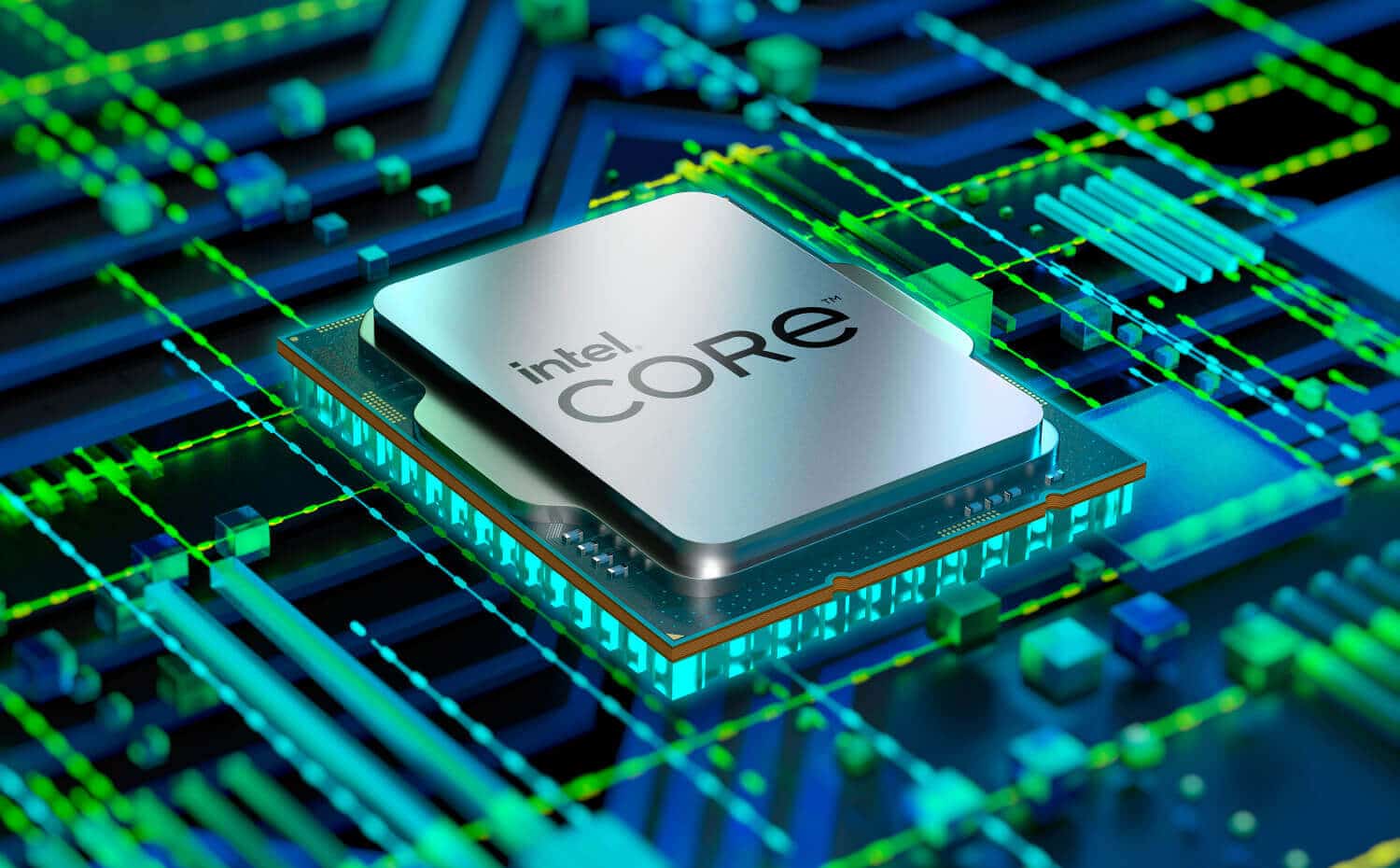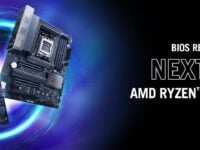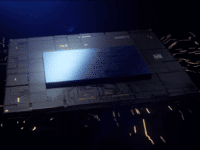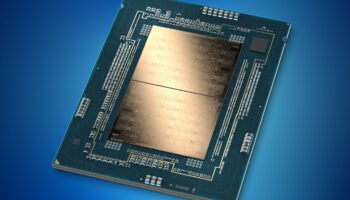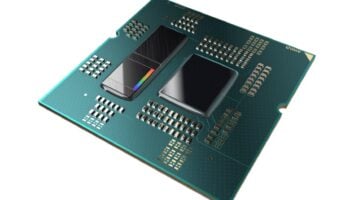Intel will be launching its 13th Gen Raptor Lake-S processors in the third quarter of 2022 alongside the Sapphire Rapids-X HEDT lineup. This was shared by @momomo_us in a cryptic Tweet earlier today. Raptor Lake-S will leverage the same node as Alder Lake (Intel 7), and retain much of the core architecture. We might get something like Willow Cove which was essentially the same as Sunny Cove with a few changes to the cache hierarchy. Sapphire Rapid-X, on the other hand, will be Intel’s first HEDT stack in a long time. Going up against AMD’s 2nd (and soon 3rd) Gen Ryzen Threadrippers, the SPR-X lineup (like their server counterparts) will feature a quad-chiplet design with a total of up to 56 cores.
According to MLID, Raptor Lake-S will retain support for DDR4 memory in addition to the LGA1700 socket, and the 600-series chipsets. Older rumors indicate that the 13th Gen lineup will double down on multi-threaded performance. While the performance cores will continue to top out at 8, the efficiency cores will be doubled to 16, resulting in an overall core count of 24 for the Core i9-13900K. The L3 cache will be increased to 36MB. The Core i7-13700K will reportedly still offer 16 cores (8 performance + 8 efficiency) with an L3 cache size of 30MB, while the 13600K will be limited to 14 cores with 24MB of L3 cache.
Interestingly, the slide suggests that the Raptor Lake mobile platform will also feature up to 24 cores (8 performance + 16 efficiency) plus 36MB of L3 cache. Likewise, the Core i7-13700H and the Core i5-13600H will feature 16 and 14 cores, respectively.
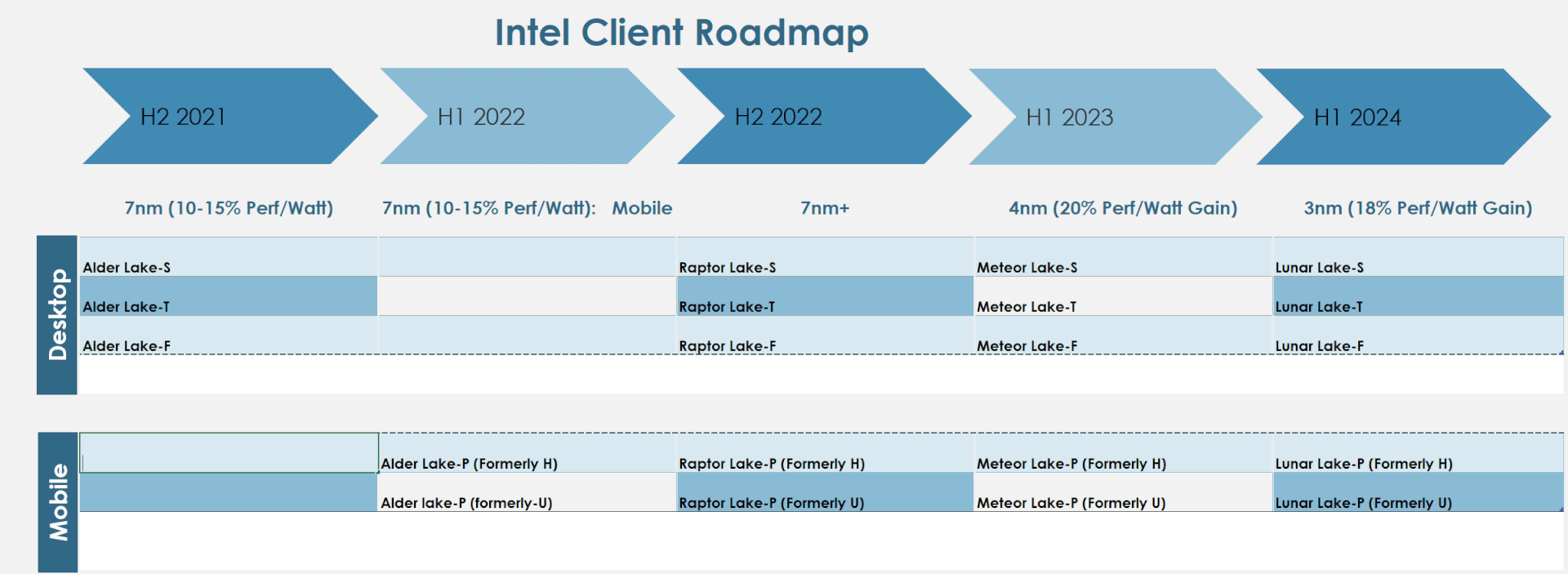
Raptor Lake-S will be followed by Arrow Lake-S and Meteor Lake-P. As per @Greymon55, Meteor Lake will only launch for mobile devices: notebooks, gaming notebooks, and ultrabooks, while desktop users will have to be content with Arrow Lake. While Meteor Lake will officially feature a chiplet (tiled) architecture, it’s unclear whether Arrow Lake will do the same or stick to a monolithic die like its predecessors. It’ll be interesting to see if the latter will retain the LGA1700 socket or adopt a new one.
It should exclusively support DDR5 memory, along with PCIe Gen 5, CXL 1.1, and more. While it may leverage the Intel 4 node, but it’s important to remember that the chipmaker hasn’t even officially revealed Arrow Lake yet. It could be a mid-generation refresh or the 14th Gen lineup for desktop users.
